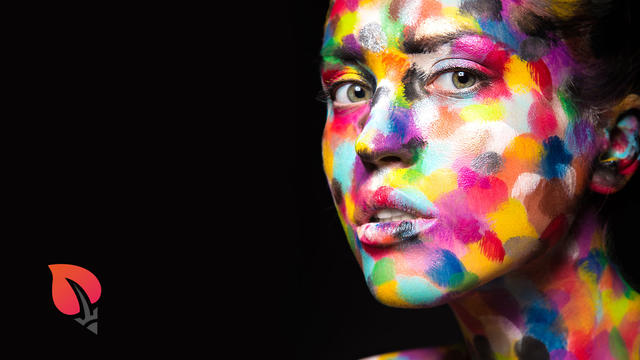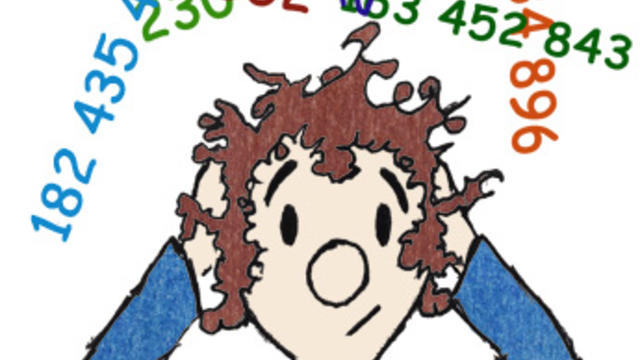英法对照:“穿”有几种说法?
In French, to say "I am wearing pants", you could say:
在法语中,“我正穿着裤子”可以用以下几种说法:
-Je porte un pantalon.
-Je suis en pantalon.
-Je m'habille en pantalon.
-Je me mets un pantalon.
在法语中,表示“穿”的词比较多变,我们一起来看一下:
1.Porter
The regular ER verb "porter" is the most common way to translate "to wear". Note that it also means "to carry". "Porter + clothes" is very used to describe what you are wearing now.
第一组动词“porter”是表示“穿”最常见的一个词。同时“porter”还有“带、背”的意思。“Porter + 衣服”经常被用来表示当下所穿。
例:我穿着粉色的连衣裙。
Maintenant, je porte ma robe rose.
Now, I'm wearing my pink dress.
2.Etre En
Another very common way to describe what you are wearing is to use the construction "être en + clothes".
另一种常见的表示当下所穿服装的结构是“être en + 衣服”。
例:昨天一整天我都穿着睡衣。
Hier, j'étais en pyjama toute la journée.
Yesterday, I was in my PJs all day.
3.Mettre
Literally, the irregular verbe "mettre" would translate as "to put". So in this context, it means "to put on". But it has switched meaning a bit: if you use "mettre + clothing", you focus on what you are wearing, not the action of putting it on. So it translates as "to wear". We use it mostly to talking about what we are going to wear.
字面上,不规则动词“mettre”应该翻译成“穿”。这种语境下,它的意思是“穿上”。但是它的含义稍有改变:当使用“mettre + 衣服”结构时,着重点在于“正穿着 ”,而不是穿的动作。所以“mettre”应翻译成“穿着”。大部分情况下我们用它表示将来要穿什么。
例:明天我要穿蓝色的毛衣。
Demain, je vais mettre mon pull bleu.
Tomorrow, I'll wear my blue sweater.
4.Se Mettre (En)
Another variation is to use "mettre" in the reflexive form. It's not as common, and how to use it is hard to explain because it's kind of slang.
另一种变形是用“mettre”的自反动词形式(se mettre en)。这种用法不是很常见,而且用法很难解释,因为它有俚语的感觉。
例:今晚我要穿牛仔裤。
Ce soir, je me mets en jean.。
Tonight, I'll put on a jean.
*A very popular idiom is based on this construction: "n'avoir rien à se mettre (sur le dos)": to have nothing to wear. The "sur le dos" part is often left out.
*在此结构基础上有一个很流行的习语:n'avoir rien à se mettre (sur le dos),表示没衣服可穿了。“sur le dos”常常被省略。
例:唉……我没衣服穿了!(也许是对着满满一柜子的衣服说的……)
Pfffff.... je n'ai rien à me mettre !
Pffff... I have nothing to wear
5.S'habiller and Se déshabiller
These two reflexive French verbs describe the act of getting dressed and undressed. They are usually NOT followed by a piece of clothing.
这两个自反动词描述了穿和脱的动作。这两个词之后通常不跟表示衣服的词。
例:早上,我在我的房间里穿衣服。
Le matin, je m’habille dans ma chambre.
In the morning, I get dressed in my bedroom.
An idiomatic use of the verb s’habiller means “to dress up”, to dress nicely. You will hear "une soirée habillée" for a dress-up party.
“s’habiller”有一个习语用法意思是“打扮”,精心打扮。“une soirée habillée”意思是“服饰讲究的晚会”。
例:今晚需要盛装出席吗?
Est-ce qu'il faut s'habiller ce soir ?
Do we have to dress-up tonight?
*We use this reflexive construction a lot to ask "what are you going to wear".
*我们经常用这个自反结构来问“你要穿什么”。
例:你今晚要怎么穿?
Tu t'habilles comment ce soir ?
What are you going to wear tonight?
- 相关热点:
- 法语入门
- 法语新闻网站
- 休闲法语词汇
- 法语日常会话1200句















